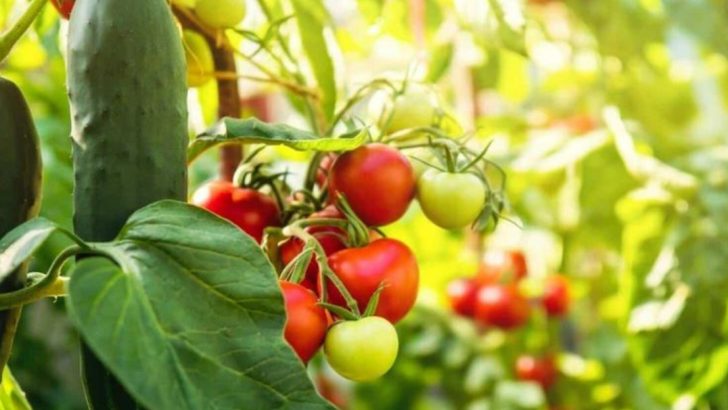Some plants just can’t stand each other. They may look peaceful sitting side by side, but beneath the soil, it’s an all-out turf war—roots tangling, nutrients vanishing, and vibes? Ruined. Your garden drama isn’t always above ground. Some plants are secretly sabotaging their neighbors, draining the life out of anything within reach. Don’t fall for their innocent leaves and charming blooms. If you’re planting these 16 together, you’re inviting chaos into your flower beds. Ready to stop the silent plant battles? Let’s expose the worst garden frenemies and keep the peace where it matters most—your backyard.
Tomato and Cucumber

Tomatoes and cucumbers might seem like a delightful duo in your salad, but in the garden, they spell trouble. Tomatoes are heavy feeders, drawing nutrients that cucumbers also desperately need.
Cucumbers, with their sprawling vines, can overshadow and choke tomato plants, stunting their growth. Moreover, the humidity-loving cucumbers can create a haven for fungal diseases, detrimental to tomatoes.
Separating these two in your garden plot ensures both plants have access to the sunshine and nutrients they require for optimal growth. A harmonious garden awaits with just a little planning.
Carrot and Dill

Carrot and dill seem like they should be a perfect match, but appearances can be deceiving. Dill produces certain chemicals that can inhibit carrot growth, leading to disappointing yields.
This allelopathic effect means dill’s presence can stunt the development of tender carrot roots. While dill thrives with its feathery foliage, carrots may struggle beneath the surface, unseen until harvest time.
Keeping these two apart in your garden allows each to thrive independently, providing you with healthy, robust vegetables at the season’s end. Plan your garden layout for success.
Onion and Peas
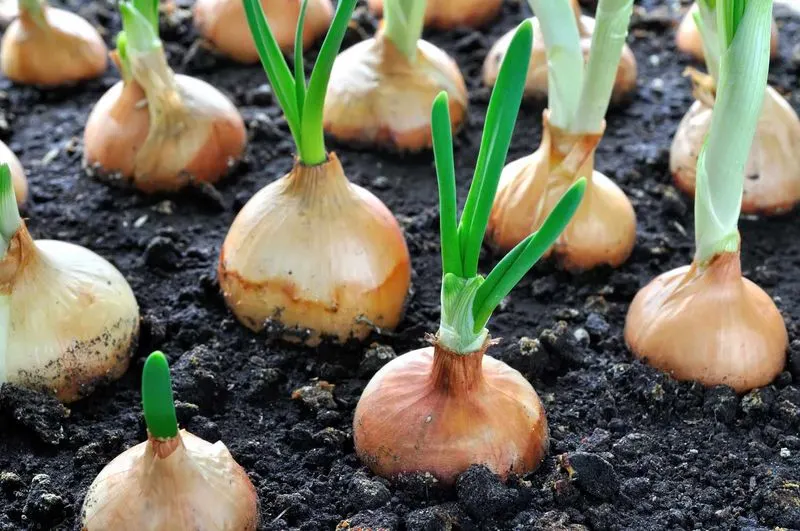
Onions and peas, despite their culinary compatibility, aren’t meant to be garden neighbors. Onions release sulfur compounds that can inhibit the growth of peas, making them less productive.
While peas naturally fix nitrogen into the soil, onions don’t benefit from this as much as other plants. Instead, they can overshadow the delicate pea vines, blocking sunlight.
To ensure a bountiful harvest, plant onions and peas in separate parts of your garden. This separation allows peas to climb high without competition and onions to develop fully. Happy plants mean a happy gardener.
Strawberry and Broccoli
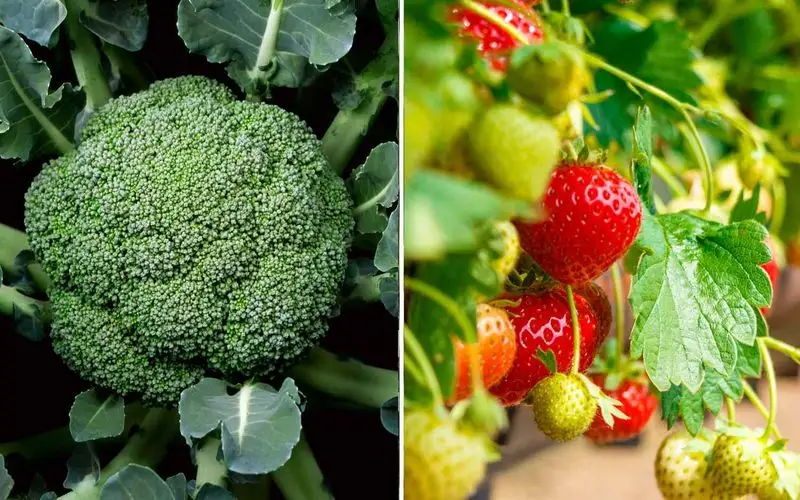
Strawberries and broccoli are a sure recipe for garden discord when planted together. Broccoli’s expansive leaves can overshadow strawberry plants, depriving them of sunlight.
Strawberry runners might encroach on broccoli’s space, leading to a tangled mess. Additionally, broccoli can attract pests that strawberries are particularly susceptible to, compounding issues.
By planting strawberries and broccoli in separate areas, you ensure both can grow strong and produce the delicious fruits and vegetables you crave. This simple separation maximizes your garden’s potential without the hassle of constant maintenance.
Corn and Tomato

Corn and tomatoes, while staples in many gardens, don’t make the best companions. Corn grows tall, casting shade over tomato plants that crave sunlight.
Both are heavy feeders, competing for the same nutrients and leaving each other wanting. Moreover, corn can attract pests like corn earworms that also prey on tomatoes.
Keeping these two apart helps ensure that each receives the sunlight and nourishment they need. Consider using alternating rows or different garden sections to prevent competition and pest issues, ensuring a healthier, more productive garden overall.
Fennel and Most Veggies
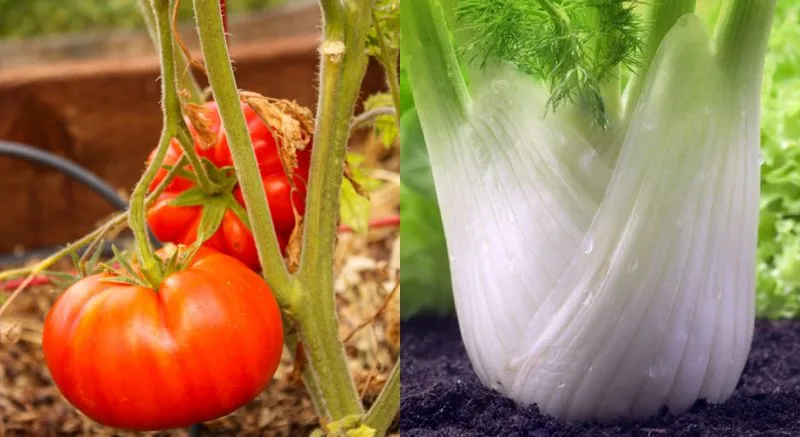
Fennel is a notorious loner in the garden world. Its allelopathic properties mean it releases chemicals that can stunt the growth of many other vegetables.
While it boasts feathery leaves and a sweet aroma, nearby plants may suffer. Beans, tomatoes, and brassicas are particularly affected. Fennel thrives when given its own space, away from other plants that might be sensitive to its chemical emissions.
Plant fennel in a separate container or a distinct section of your garden to enjoy its flavors without the unintended consequence of stunted neighbors.
Garlic and Asparagus
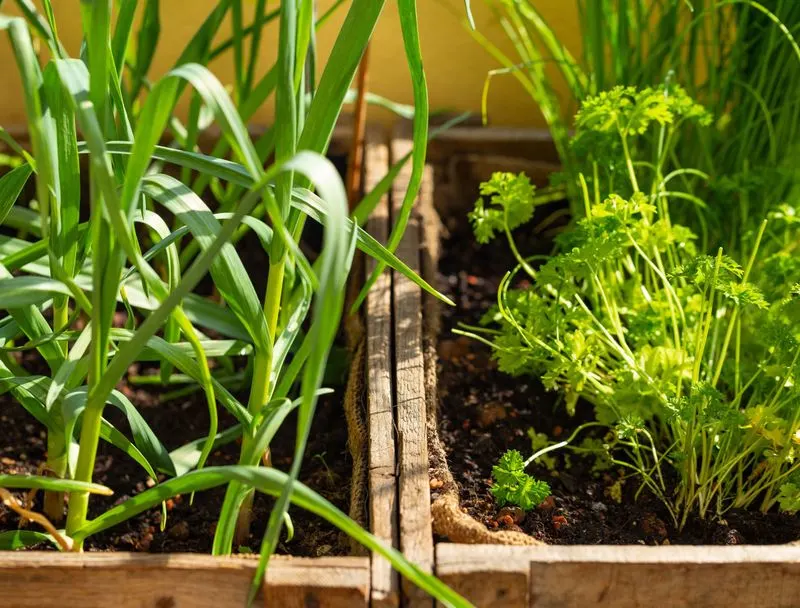
Garlic and asparagus may share a love for well-drained soil, but their companionship ends there. Garlic can hinder the growth of asparagus by sapping vital nutrients.
The garlicky aroma might keep pests at bay, but asparagus pays the price with stunted growth. Asparagus needs ample room to spread its roots without competition.
Separate these two in your planting scheme to ensure that your asparagus can grow to its full potential, providing a lush harvest season after season. Garlic, on the other hand, will thrive without encroaching on its neighbors.
Potato and Sunflower
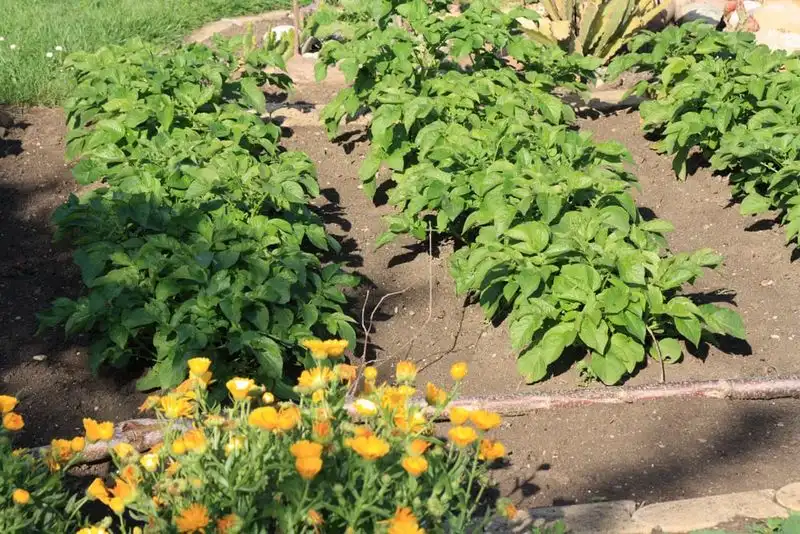
Potatoes and sunflowers create more trouble than beauty when combined. Sunflowers, with their towering stalks, cast shadows that potatoes don’t appreciate.
Their roots also compete for water and nutrients, leaving potatoes hungry and less productive. Additionally, sunflowers can attract pests that may harm potatoes, creating an unwelcome environment.
For a thriving garden, keep sunflowers and potatoes in separate beds. This strategy ensures that both plants can access the sunlight and nutrients they need, resulting in a more satisfying yield for each.
Beans and Garlic
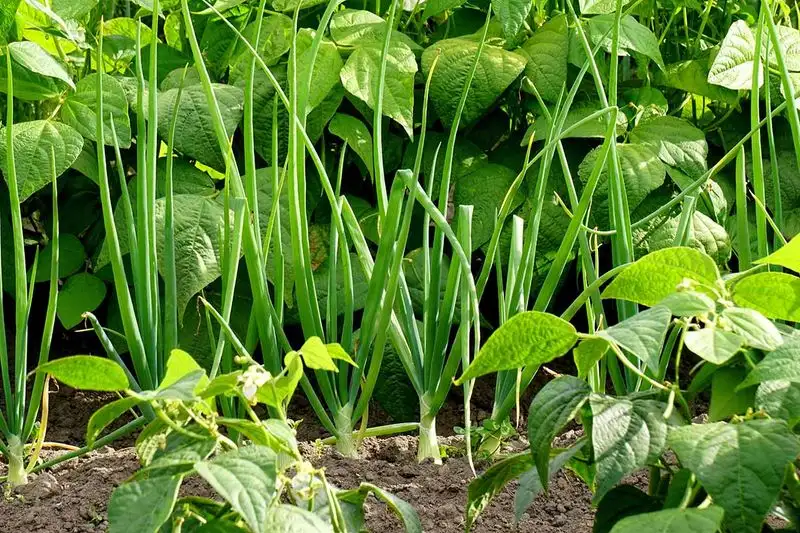
Beans and garlic are a terrible twosome when it comes to planting. Garlic can inhibit the growth of beans through its natural sulfur compounds.
While beans fix nitrogen into the soil, garlic doesn’t benefit from this exchange. Instead, it releases chemicals that can disturb the delicate balance beans need to thrive.
Keep these two apart in your garden to ensure that beans can flourish and garlic can grow undisturbed. This thoughtful separation results in a more harmonious garden where each plant prospers.
Cabbage and Grapes
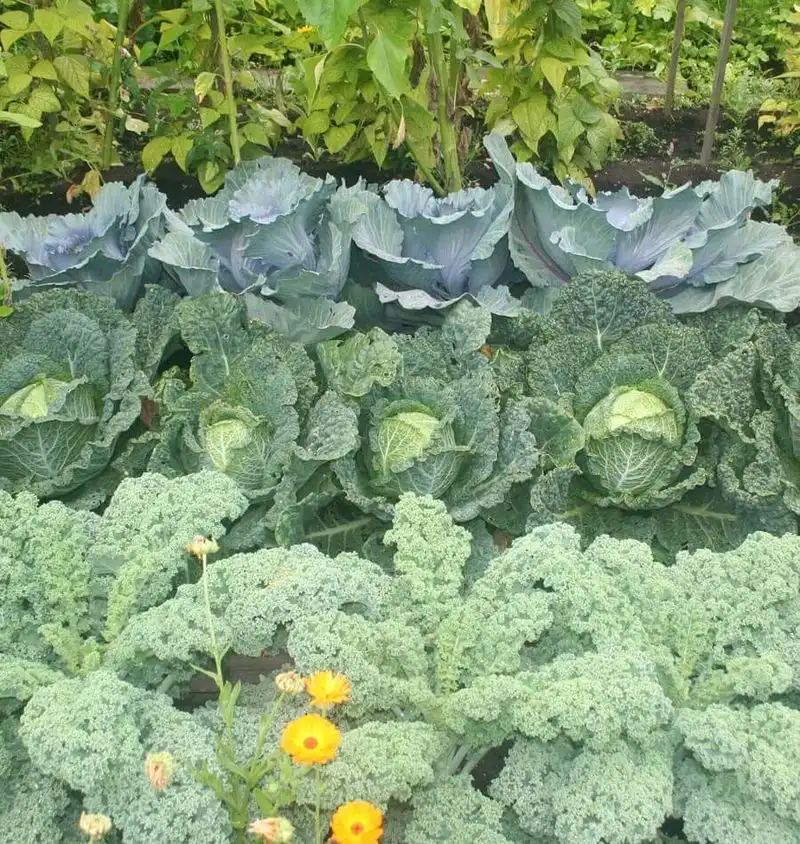
Cabbage and grapes might seem like an odd pair, but some gardeners try this combination. However, cabbage can attract pests that grapes are also susceptible to, multiplying the problem.
Grapevines need room to spread, and cabbage’s dense growth habit can impede this, leading to reduced airflow. By separating these two, you reduce the risk of pest infestations and ensure that both can grow healthily.
Consider planting them in different areas of your garden or using trellises for grapes to maximize space and minimize conflict.
Lettuce and Parsley
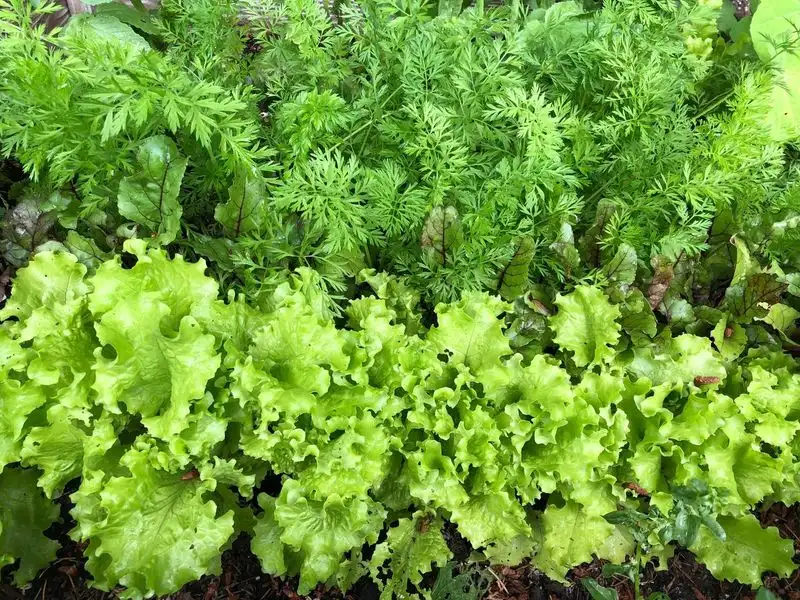
Lettuce and parsley may seem like a refreshing duo, but their growing habits tell a different story. Parsley can overshadow lettuce, depriving it of essential sunlight.
Both plants also vie for nutrients, causing them both to suffer. Lettuce, with its shallow roots, needs space to absorb water and nutrients effectively.
Planting these two separately allows each to thrive in its own space, ensuring that your salads and garnishes are as fresh as possible. A bit of distance goes a long way in achieving a healthy garden.
Radish and Hyssop
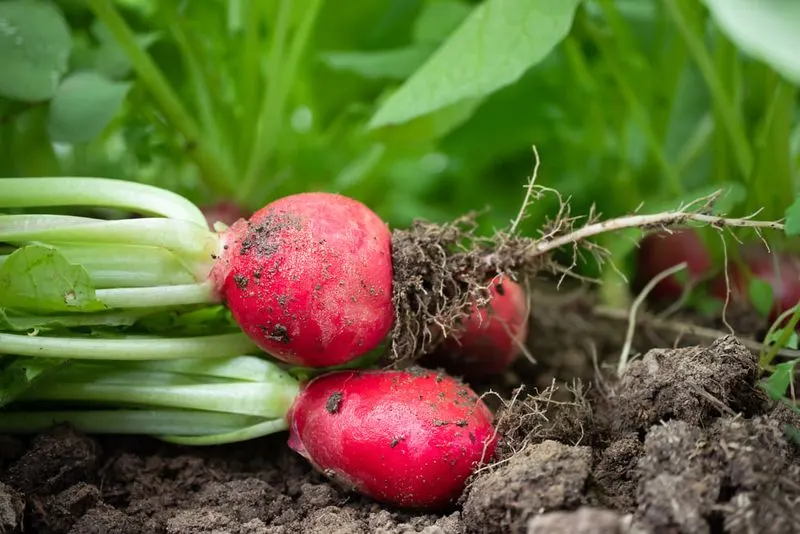
Radishes and hyssop don’t make good garden companions, despite their aromatic appeal. Hyssop can inhibit the growth of radishes, leading to smaller, less flavorful roots.
While hyssop provides visual interest, it competes with radishes for nutrients. Its woody stems can overshadow the low-growing radish leaves, depriving them of sunlight.
By planting these two apart, you allow radishes to grow to their full potential, providing a crisp and peppery addition to your meals. Meanwhile, hyssop can flourish without disturbing its neighbors.
Aubergine and Fennel
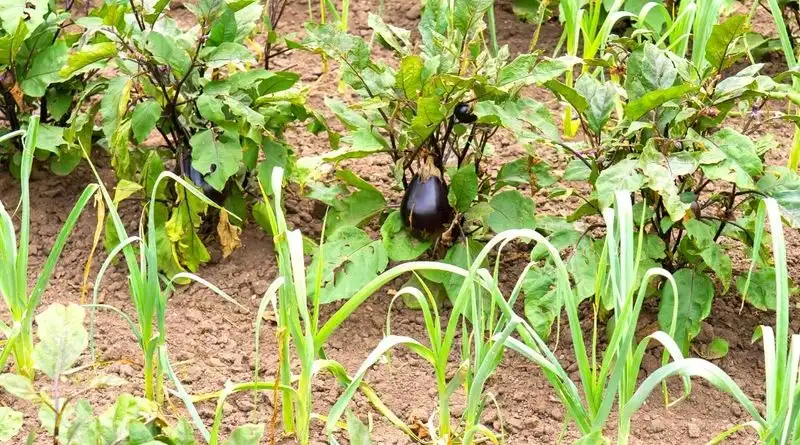
Aubergines, or eggplants, and fennel are best kept at a distance in the garden. Fennel’s allelopathic properties can inhibit aubergine growth, leading to reduced fruit production.
While aubergines love sun and heat, fennel’s sprawling foliage can cast unwanted shade. Additionally, the competition for nutrients can leave aubergines undernourished.
Planting these two in separate garden areas ensures that aubergines can bask in the sun and fennel can grow without affecting its neighbors, promising a bountiful harvest for both.
Basil and Rue
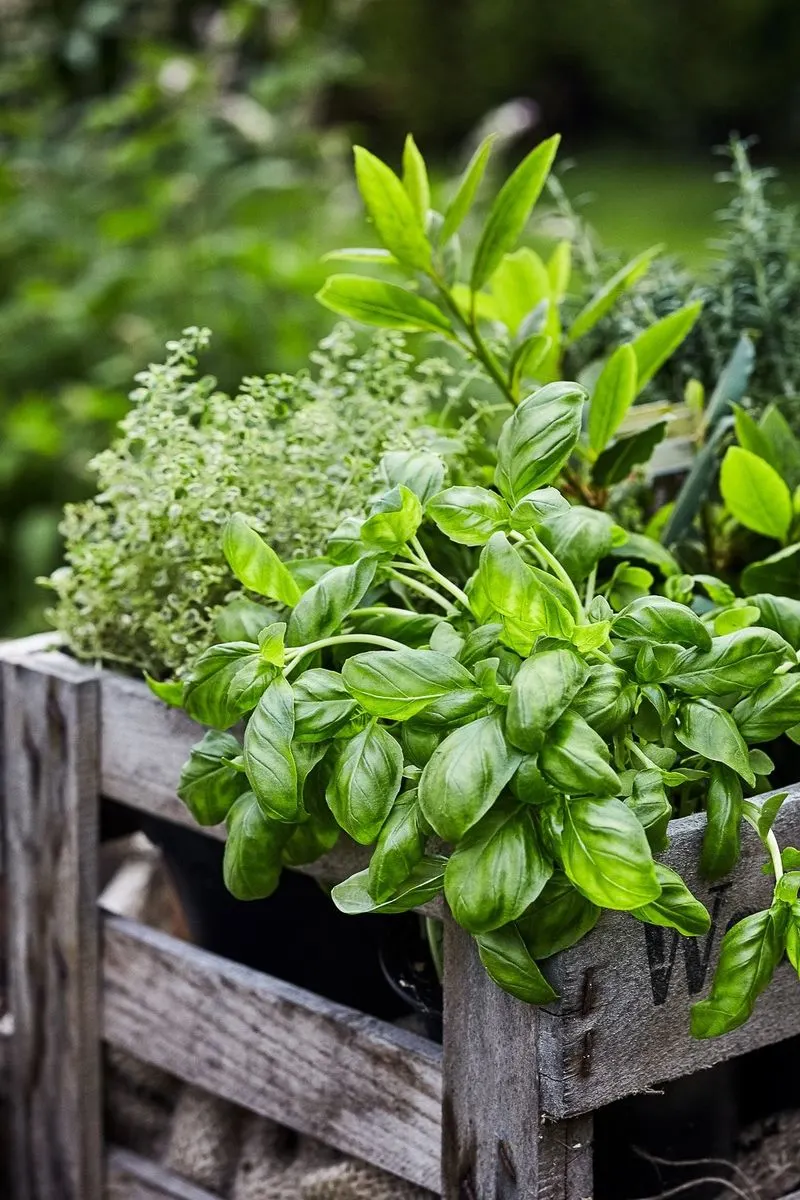
Basil and rue, despite their shared use in cooking, don’t belong together in the garden. Rue can suppress basil’s growth through its natural chemical emissions.
This aromatic plant can overshadow basil, depriving it of sunlight, which it craves. Additionally, their competition for nutrients can hinder basil’s development.
By planting basil and rue separately, you ensure that both can thrive independently, offering aromatic leaves for your culinary creations. A well-planned garden ensures that each plant has the space and resources it needs to flourish.
Chives and Beans
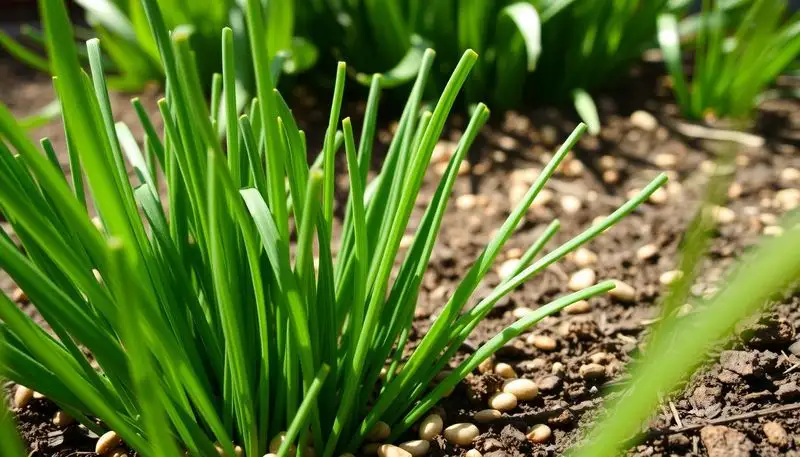
Chives and beans are not ideal garden companions. Chives can hinder the growth of beans through their natural sulfur compounds, leading to stunted development.
While beans fix nitrogen into the soil, chives don’t benefit and instead compete for other resources. This competition can leave beans less productive.
Separating these two in your garden ensures that beans can grow robustly while chives flourish without interference. A well-planned garden layout allows each plant to access the nutrients and space they need to thrive.
Peppers and Kohlrabi
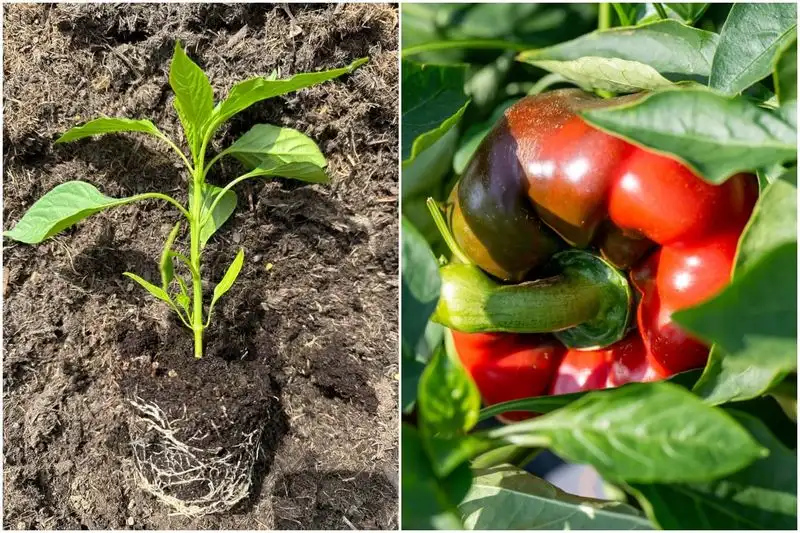
Peppers and kohlrabi might look great in a salad, but in the garden, they’re best kept apart. Kohlrabi’s sprawling leaves can overshadow pepper plants, reducing their access to sunlight.
Both plants also vie for nutrients, leaving each other underfed. By allowing space between these two, you ensure that peppers can enjoy the heat and light they need while kohlrabi can spread without hindrance.
Thoughtful planting ensures a bountiful harvest, with each crop reaching its full potential without unnecessary competition.

